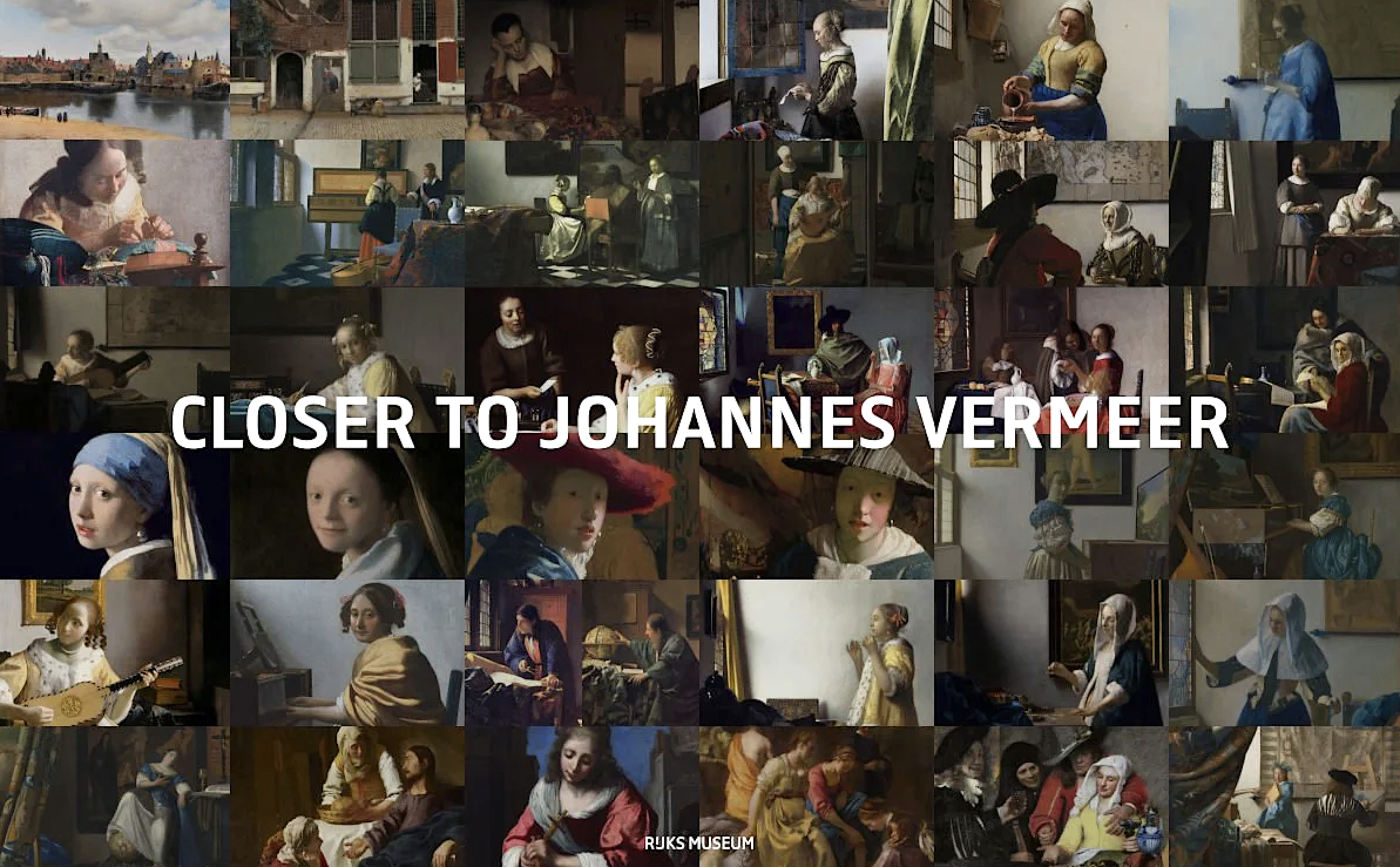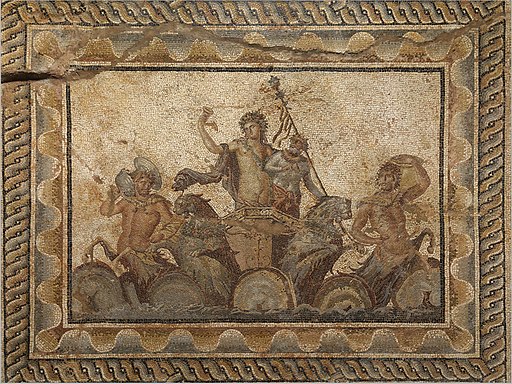ChatGPT, the system that understands natural language and responds in kind, has caused a sensation since its launch less than three months ago. If you’ve tried it out, you’ll surely have wondered what it will soon revolutionize — or, as the case may be, what it will destroy. Among ChatGPT’s first victims, holds one now-common view, will be a form of writing that generations have grown up practicing throughout their education. “The essay, in particular the undergraduate essay, has been the center of humanistic pedagogy for generations,” writes Stephen Marche in The Atlantic. “It is the way we teach children how to research, think, and write. That entire tradition is about to be disrupted from the ground up.”
If ChatGPT becomes able instantaneously to whip up a plausible-sounding academic essay on any given topic, what future could there be for the academic essay itself? The host of YouTube channel EduKitchen puts more or less that very question to Noam Chomsky — a thinker who can be relied upon for views on education — in the new interview above. “For years there have been programs that have helped professors detect plagiarized essays,” Chomsky says. “Now it’s going to be more difficult, because it’s easier to plagiarize. But that’s about the only contribution to education that I can think of.” He does admit that ChatGPT-style systems “may have some value for something,” but “it’s not obvious what.”
As the relevant technology now stands, Chomsky sees the use of ChatGPT as “basically high-tech plagiarism” and “a way of avoiding learning.” He likens its rise to that of the smartphone: many students “sit there having a chat with somebody on their iPhone. One way to deal with that is to ban iPhones; another way to do it is to make the class interesting.” That students instinctively employ high technology to avoid learning is “a sign that the educational system is failing.” If it “has no appeal to students, doesn’t interest them, doesn’t challenge them, doesn’t make them want to learn, they’ll find ways out,” just as he himself did when he borrowed a friend’s notes to pass a dull college chemistry class without attending it back in 1945.
After spending most of his career teaching at MIT, Chomsky retired in 2002 to become a full-time public intellectual. The University of Houston’s Robert Zaretsky, who still teaches, recently offered his own, grimmer take on ChatGPT and education. “The college essay died years ago,” he argues. “It’s a mug’s game in which a student sends me an electronic file that, when open, spills out a jumble of words that the sender propounds to be a finished paper” — to which, presumably, the output of a machine-learning system would actually be far preferable. Most technological “disruptions” leave both positive and negative effects in their wake. If the college essay is indeed unsalvageable, perhaps ChatGPT will finally bring about its replacement with something more interesting.
Update: Chomsky has co-authored an op-ed in The New York Times called “The False Promise of ChatGPT”. Find it here.
Related content:
Noam Chomsky Explains Where Artificial Intelligence Went Wrong
Noam Chomsky Defines What It Means to Be a Truly Educated Person
Noam Chomsky Spells Out the Purpose of Education
Based in Seoul, Colin Marshall writes and broadcasts on cities, language, and culture. His projects include the Substack newsletter Books on Cities, the book The Stateless City: a Walk through 21st-Century Los Angeles and the video series The City in Cinema. Follow him on Twitter at @colinmarshall or on Facebook.
















